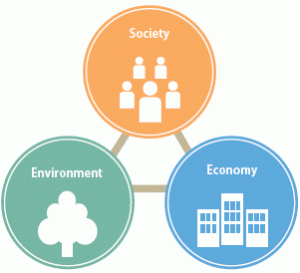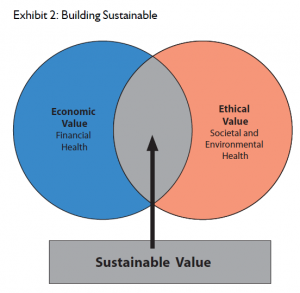Organizations are driven by an objective that defines their purpose. Although all organizations expect compensation for their services, be it profits for businesses or salaries for administration of nonprofit organizations, they do have a vision and core values that motivate them to pursue their objectives with effective strategies.
For instance, social entrepreneurs are driven by their social values, the ambition to combat societal issues, and their mission to improve systems. Similarly, the arc initiative is driven by its pursuit of economic well-being and development of business skills through internships, workshops and mentoring activities for young entrepreneurs.These visions, along with strong ambition, differentiate these organizations and their purpose of existence.
Imagine if Salem’s Ethiopia received funding and support from the UN to enhance the business. Would the UN’s support be as effective as the arc initiative’s efforts, with the same passion and dedication? Most likely, the UN would fulfil its responsibility, but it will possibly lack the ambition that drives the arc initiative towards its objective. Likewise, although the UN can have sufficient funding, it can lack the innovation and aspiration that drive social entrepreneurs to improve societies.
Conclusively, different objectives drive organizations towards different journeys. If the UN attempts to pursue all of these objectives, then the outcome could be slow and inefficient. Hence, it would be effective to let ambition and values drive organizations, rather than relying on the UN to solve all of the societal issues.
Work Cited









